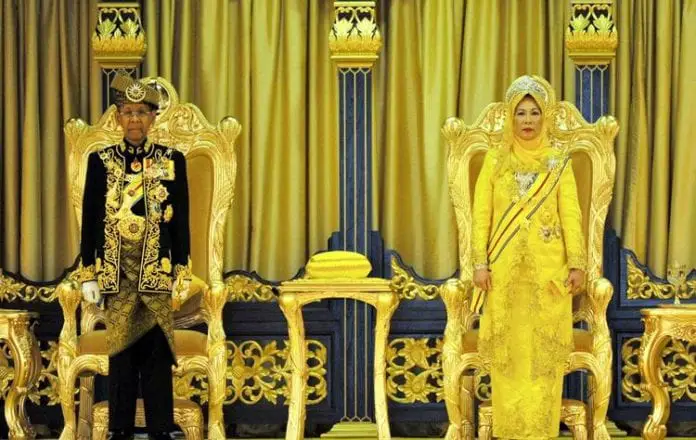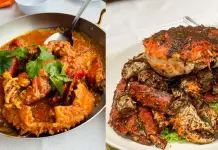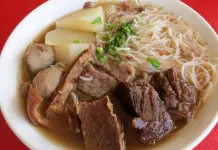There are nine states in Malaysia that are constitutionally headed by traditional Malay rulers while a new Yang di-Pertuan Agong is elected from these 9 rulers every five years or when a vacancy occurs. This is what most of us know about the monarchy system of Malaysia. But how much do you really know?
1) The Title Sultan
Rulers are commonly addressed as Sultan. However it is slightly a different case for the ruler of Perlis and Negeri Sembilan. The ruler of Perlis is styled “Raja”, while the ruler of Negeri Sembilan is known as “Yang DiPertuan Besar”.

2) Perak’s Sultan Succession Order
Unlike seven other Malay states where succession order is by the eldest male child, in Perak the throne is rotated among three branches of the royal Family. Traditionally, the eldest son of the reigning Sultan is placed at the end of the line. However, the order of succession is subjected to alteration by the Sultan and his Royal Council.
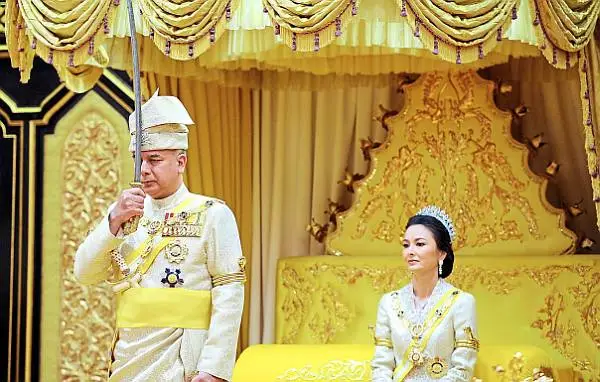
3) Negeri Sembilan’s Throne Succession Order
In Negeri Sembilan, the Royal Family practices elective monarchy system for its succession planning. Meaning, the ruler is elected from male members of the royal family by hereditary chiefs. Therefore, being the eldest in the reigning family does not guarantee inheritance of the throne.
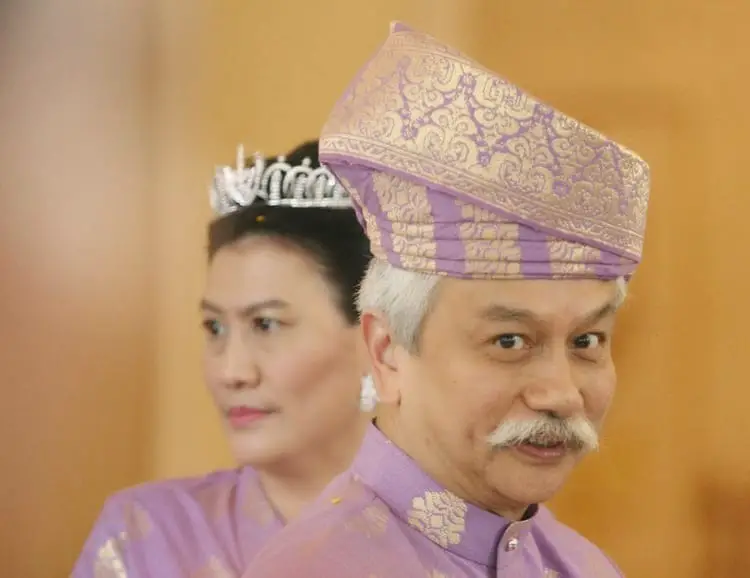
4) Succession Order of Yang di-Pertuan Agong
The cycle of Yang di-Pertuan Agong was originally established based on the seniority. However after the first cycle of nine Yang di-Pertuan Agong (1957–1994), the state rulers have followed the same order established by that first cycle, irrespective of whether they are currently the most senior. Ultimately, the order of cycle can change at the discretion of Conference of Rulers formed by the all the Rulers.
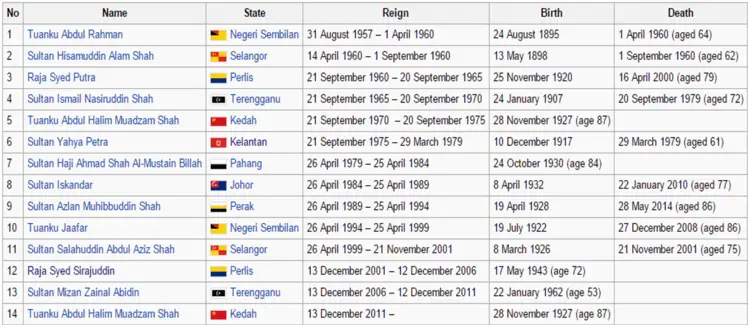
5) Can a Ruler serves as Yang di-Pertuan Agong twice?
Yes but once a ruler had served as the Yang di-Pertuan Agong , he may not be re-elected until all rulers of the other states have also been elected i.e. a cycle of 40 years. To date since 1957, only Tuanku Abdul Halim Muadzam Shah from Kedah has served as the Yang di-Pertuan Agong twice following the cycle.

6) Who is the oldest Ruler that has ever lived?
At Age of 87, Tuanku Abdul Halim Muadzam Shah from Kedah, the current Yang di-Pertuan Agong is the oldest Ruler ever lived. Daulat Tuanku! As mentioned, His Majesty is the only ruler who has served twice as the highest order of Malaysia so far.
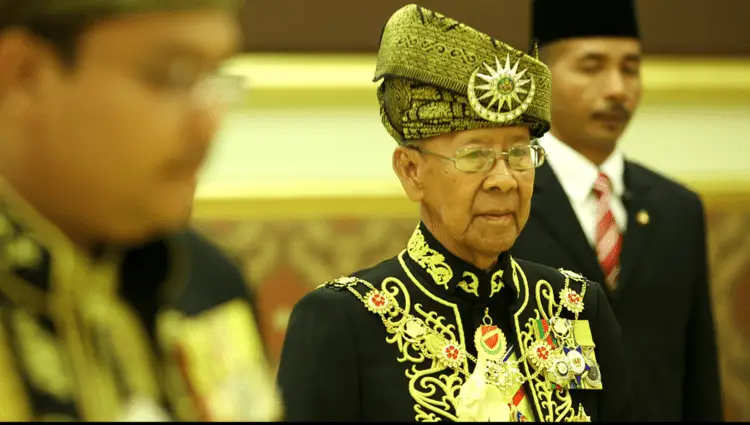
7) Who is currently the youngest Ruler?
Born in 1969, Sultan Muhamad V from Kelantan, age 46 this year, is currently the youngest of the nine rulers in Malaysia. He was proclaimed Ruler in September 2010 at age 41, succeeding his father, Sultan Ismail Petra.
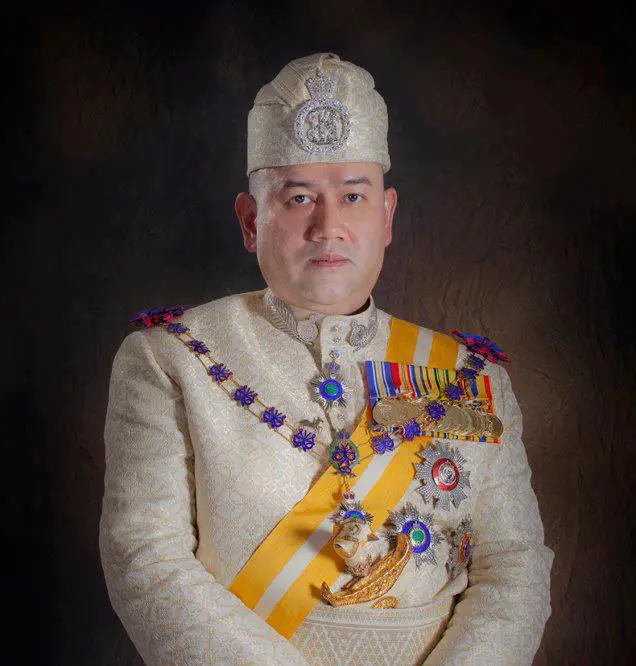
8) Roles and Authorities of Sultan
Each of the nine rulers serves as the head of state of his own state, as well as the head of the religion of Islam in his state. The rulers are bound by convention to act on the advice of the Menteri Besar. However, the ruler of each state has discretionary power in appointing the Menteri Besar and refusing a dissolution of the state assembly when requested by the Menteri Besar.
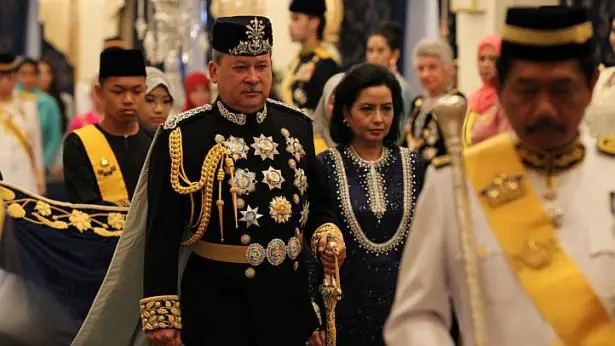
9) Roles and Authorities of Yang di-Pertuan Agong
Yang di-Pertuan Agong is the federal head of state. He is the Commander-in-Chief of the Malaysian Armed Forces and he also represents Malaysia during diplomatic functions and state visits. The Yang di-Pertuan Agong is the head of Islam in his own state, the four states without rulers (Penang, Malacca, Sabah and Sarawak) and the Federal Territories.
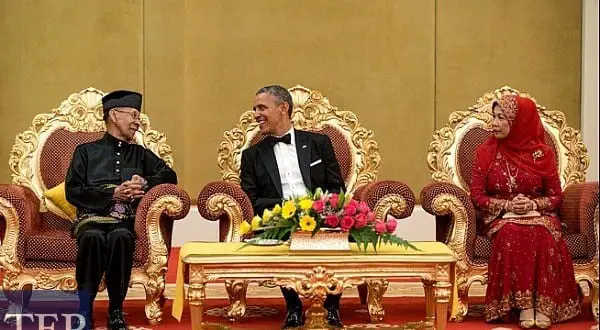
10) Ruler’s Legal Immunity
In 1993, the Ruler’s legal immunity in their personal capacity was removed. Meaning, civil and criminal proceedings can be made against a ruler (with the approval of the Attorney General) but only at the Special Court (Mahkamah Khas Raja-raja). The right to sue a ruler is limited to Malaysian citizens following a precedent.
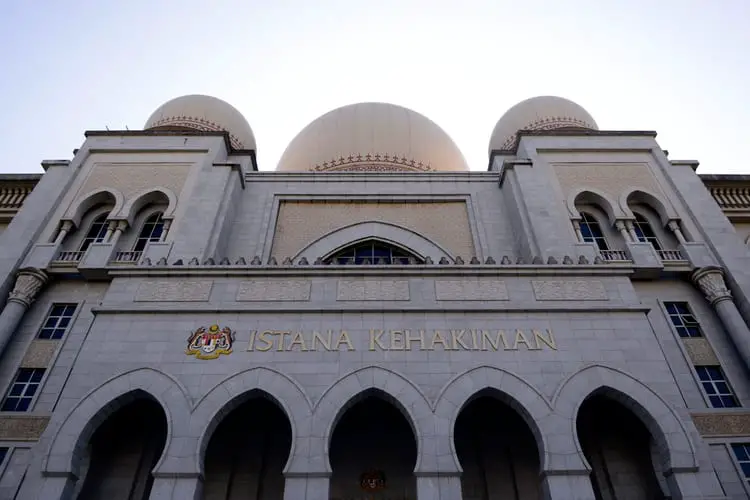
When a ruler is charged with an offence in the Special Court, he is required to stop exercising the functions of a ruler. In the event of a ruler being sentenced to imprisonment for more than one day, he will cease to be a ruler unless a free pardon is granted.


